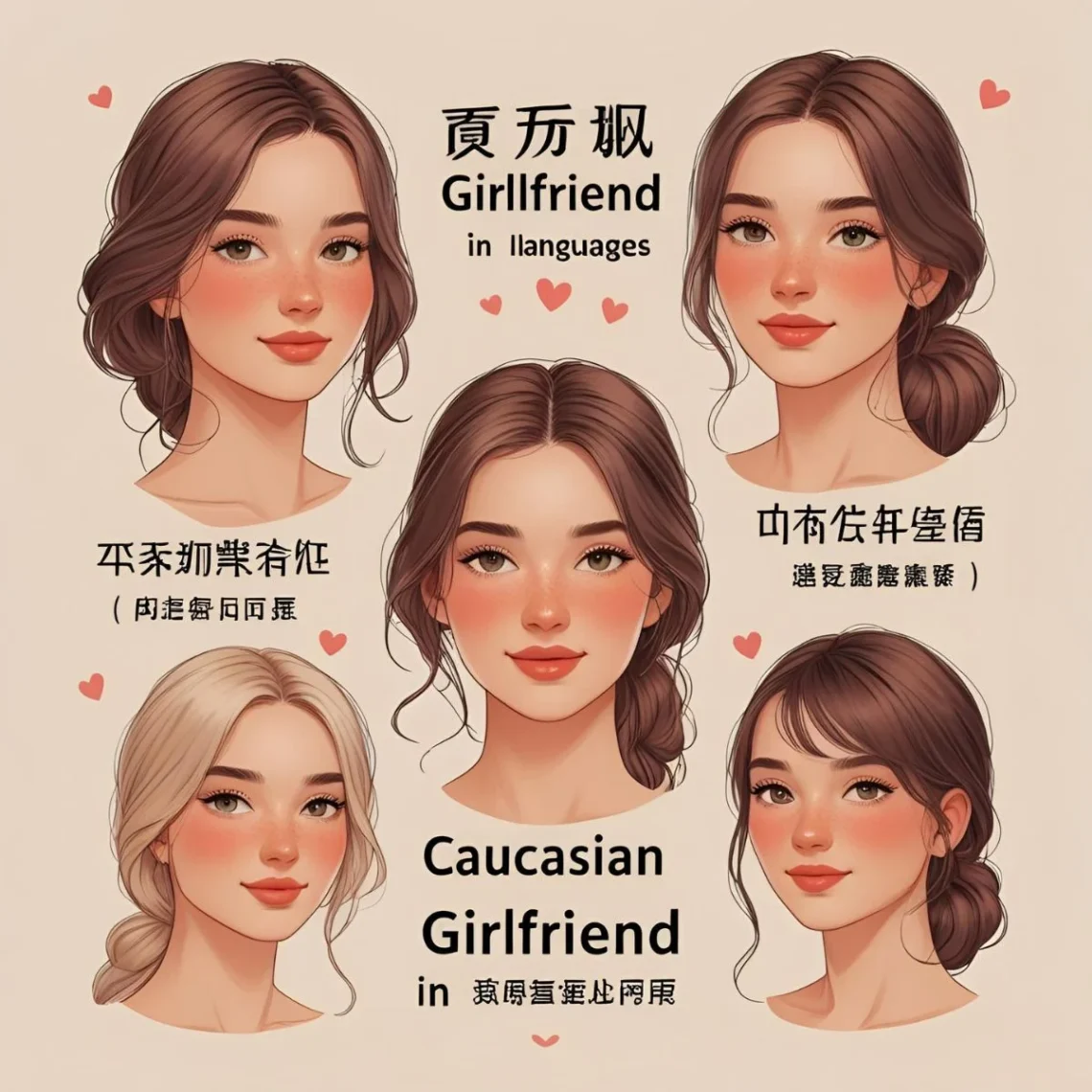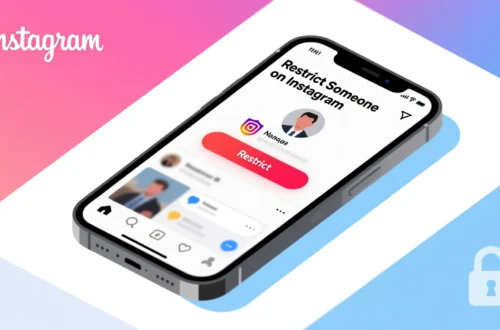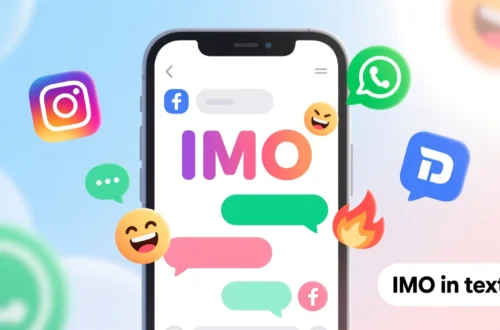Picture a shy teenager confessing feelings in Spanish, whispering “novia” under a glowing streetlamp. That simple word carries a world of meaning—affection, connection, and a shared moment. Across cultures, the term for “girlfriend” varies, yet it universally captures the joy of love. For instance, whether spoken in a bustling Tokyo café or a vibrant Moroccan market, this word reflects a shared human experience, shaped by unique traditions. Let’s explore how people worldwide express this special term and what it reveals about their cultures.
Reference Table: “Girlfriend” in Different Languages
| Language | Word/Phrase | Cultural/Linguistic Insight |
|---|---|---|
| French | Petite amie | Means “little friend,” suggesting playful affection. |
| Spanish | Novia | Also means “bride,” hinting at deep commitment. |
| Italian | Fidanzata | Implies a serious relationship, rooted in trust. |
| German | Freundin | Doubles as “friend,” with context clarifying romance. |
| Mandarin | Nǚ péngyǒu (女朋友) | Translates to “female friend,” emphasizing companionship. |
| Hindi | Premika | From “prem” (love), it evokes passionate romance. |
| Japanese | Kanojo (彼女) | A pronoun for “she” or “girlfriend,” used contextually. |
| Korean | Yeoja chingu (여자친구) | Means “female friend,” highlighting friendship in love. |
| Arabic | Habiba (حبيبة) | Means “beloved,” tied to poetic affection. |
| Swahili | Mpenzi | A gender-neutral term for “lover” or “darling.” |
| Zulu | Intombi yami | “My girl,” a warm, personal endearment. |
| Yoruba | Ìyàwó | Also means “wife,” reflecting serious commitment. |
| Maori | Hoa wahine | “Woman friend,” focusing on companionship. |
| Hawaiian | Kāne wahine | Implies a romantic or close companion. |
| Cherokee | Adaleni | A term for a cherished partner, rooted in intimacy. |
European Languages: Romantic Expressions Across Cultures
European languages offer varied terms for “girlfriend,” each reflecting cultural values. For example, in French, “petite amie” (little friend) conveys tender affection, often used playfully by couples in Paris. Meanwhile, Spanish uses “novia,” which also means “bride,” suggesting a deep bond. In Spain, calling someone “novia” is a heartfelt declaration, often paired with warm gestures. Additionally, Italian speakers say “fidanzata,” implying a serious relationship, as Italians value trust and family ties. A young person in Rome might introduce their “fidanzata” proudly to loved ones. In contrast, German uses “Freundin,” which also means “friend,” relying on context to convey romance. Thus, Germany’s direct culture shapes this straightforward term.
These words blend romance and practicality. While French and Italian terms lean poetic, German prioritizes clarity, and Spanish hints at lifelong commitment, showing Europe’s diverse approaches to love.
Asian Languages: A Tapestry of Affection
Asia’s linguistic diversity shapes unique terms for “girlfriend.” For instance, in Mandarin, “nǚ péngyǒu” (female friend) emphasizes companionship, reflecting China’s focus on harmony. In Hindi, “premika,” from “prem” (love), evokes Bollywood’s passionate romances. A young person in Mumbai might call their beloved “premika,” inspired by cinematic love stories. Similarly, Japanese uses “かのじょ (kanojyo),” a pronoun meaning “she” or “girlfriend,” relying on context. In Tokyo, saying “she’s my kanojo” is a subtle yet meaningful declaration. Meanwhile, Korean’s “yeoja chingu” (female friend) blends friendship and romance, aligning with South Korea’s emphasis on emotional closeness. Finally, Arabic’s “habiba” (beloved), used in over 20 countries like Egypt and Saudi Arabia, carries poetic weight, rooted in the region’s literary traditions.
These terms highlight Asia’s range, from understated Japanese expressions to emotive Hindi and Arabic declarations, shaped by cultural values of love and connection.
African Languages: Love in Community
African languages often tie the term for “girlfriend” to community and emotion. For example, Swahili, spoken in countries like Kenya and Tanzania, uses “mpenzi,” a gender-neutral term for “lover” or “darling,” reflecting inclusivity. In Zulu, “intombi yami” (my girl) is warm and personal, used in South Africa to express pride in a partner. Similarly, Yoruba’s “ìyàwó,” common in Nigeria, also means “wife,” suggesting relationships as steps toward marriage. These terms, used across over 20 African countries, are spoken with warmth, often celebrated with family and friends in communal settings like markets or gatherings.
Indigenous & Island Languages: Bonds in Close-Knit Communities
Indigenous and island languages emphasize companionship in their terms for “girlfriend.” For instance, Maori in New Zealand uses “hoa wahine” (woman friend), reflecting strong interpersonal bonds. In Hawaiian, “kāne wahine” suggests a romantic or close companion, evoking the spirit of aloha. Similarly, Cherokee’s “adaleni” signifies a cherished partner, used in Native American communities to express deep intimacy. In Samoan, descriptive phrases like “teine a le tagata” (man’s girl) reflect the Pacific’s communal approach. Across these cultures, from New Zealand to the Cherokee Nation, the term emphasizes enduring partnership, often celebrated with rituals.
Cultural Insights: The Evolution of Love’s Words
Terms for “girlfriend” have evolved with cultural shifts. For example, in ancient Rome, “amica” (friend) was used for romantic partners, blending friendship and affection. In medieval Arabic poetry, “habiba” shaped modern usage across the Middle East. Moreover, in African traditions, terms like “mpenzi” carry spiritual weight, tied to communal rituals. In Asia, the shift from arranged marriages to modern romance has influenced terms like “premika,” reflecting individual choice. These words carry history, from European courtly love to Pacific island ceremonies, showing love’s timeless role across civilizations.
Proverbs and Sayings: Wisdom of Love
- French: “Love makes time pass, and time makes love pass.” This highlights romance’s fleeting nature.
- Hindi: “The first step of love is friendship.” It emphasizes trust as love’s foundation.
- Swahili: “A lover is like a mirror, don’t break it.” This reflects love’s fragility and value.
- Japanese: “Love is like the wind, invisible but felt.” It captures love’s intangible essence.
- Yoruba: “Love brings joy.” This ties love to emotional fulfillment.
FAQs
Why do some terms for “girlfriend” sound similar?
Many languages share roots, like Indo-European languages (French, Spanish) or borrow terms through cultural exchange, like Arabic’s influence on Swahili.
What’s the oldest term for “girlfriend”?
Latin’s “amica” (circa 1st century BCE) is among the earliest, used for friends and romantic partners.
How do cultures shape the term’s use?
In collectivist cultures (e.g., African, Indigenous), the term involves community, while individualistic cultures (e.g., European) focus on personal affection.
Conclusion
From “novia” in Spain to “mpenzi” in Tanzania, the term for “girlfriend” weaves a universal thread through human connection. Each word, whether the poetic “premika” in Hindi or the communal “hoa wahine” in Maori, reflects cultural values while celebrating love’s shared power. Consequently, these terms remind us that love transcends borders, uniting all genders in a global language of the heart. How do you say “girlfriend” in your language, and what does it mean to you? Share your stories below—we’re eager to hear your voice!





